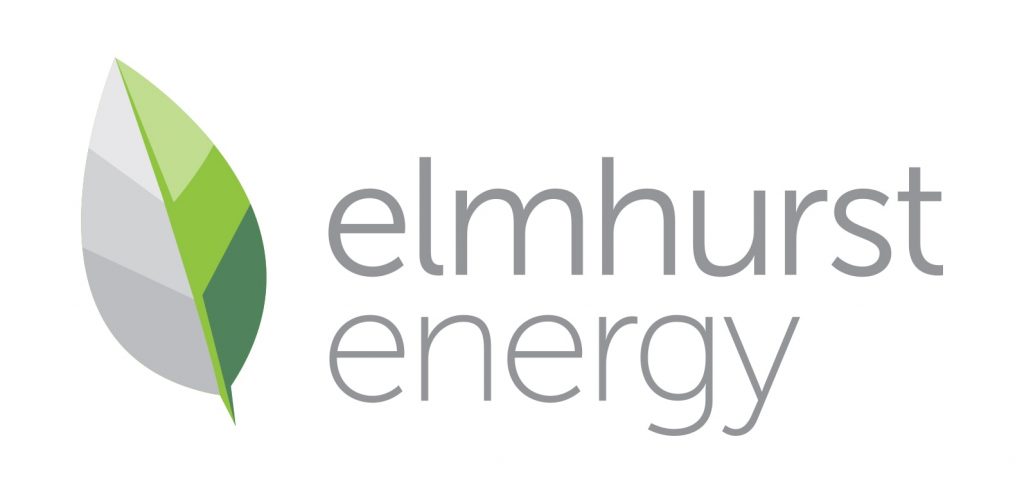Types of Property Attachment
There are many types of property attachment to consider when looking to settle into a new home. Here is your ultimate guide to property attachment. We will go through all the different attachments that there is to offer, some of the benefits and possible disadvantages that each attachment offers.
Detached house
A detached house is a single dwelling that is not attached to any surrounding properties. A detached home is ideal for families that value their privacy as there is not a lot of housing surrounding the home, it is perfect for larger families and normally have more room for additions like extensions, pools, larger gardens etc.

Semi- detached
A semi-detached house is a type of property attachment that is joined to another house only on one side. They normally share one party wall with the neighbouring houses. These can also be a great choice of home for a family as there is normally still quite a bit of garden space with quite high levels of privacy still. Also, semi-detached homes often mirror image each other’s floor plan through neighbouring houses.

Terrace housing
A terrace house is a house that is built as part of a continuous row of houses that follow a uniform style. They share 2 sets of party walls with both neighbouring houses. As a result of the smaller square footage of terrace housing they are normally more affordable and can be a great option for first time buyers to get their foot on the property ladder. Terrace houses became popular in Europe in the 17th century, they have limited privacy from neighbouring houses and also often have limited garden space.

Bungalow
A bungalow is a one-story house or small cottage that in some cases have upper rooms set in the roof typically with dormer windows. A bungalow is a great property attachment option for pensioners and people who have disabilities as the whole floor area is typically on 1 level, so it is more accessible and very convenient. Also, they normally have open floor plans which are desirable and more comfortable. They typically have larger outdoor space and offer more privacy than other property types.

Flat
A flat is a self-contained housing unit that is part of a larger building complex, there maybe several flats in the same building complex. A flat is normally a very good option for first time buyers, young people, or older people, this is because they have a lower cost to run and maintain than other property attachment types. They don’t offer the best privacy as they normally hold several people in a small area with several party walls. Other benefits include greater opportunities to socialize and communicate with people as they are all in a small area.

Back-to-back housing
Back-to-back houses are a form of terrace housing, they where built from the late 18th century through to the early 20th century. Many of these types of property attachment were built during the industrial revolution because of the rapidly increasing population of expanding factory towns.They often share two, three, four party wall with neighbouring houses with the front wall having only the door and windows. They were the cheapest type of housing that there was to offer to the working class.
Shared housing
A shared house is a house where multiple unrelated individual’s cohabite in a single dwelling. Typically, the tenants share a kitchen, bathroom, or living/ lounge rooms. They are very cheap to run and create a sense of community. These are often used by councils helping to solve homelessness and helping to solve poverty.
I hope I have been able to point you in the right direction when looking for a new home. As you can see there is a variety of property attachments to consider, they have their own benefits and disadvantages that come with them.



